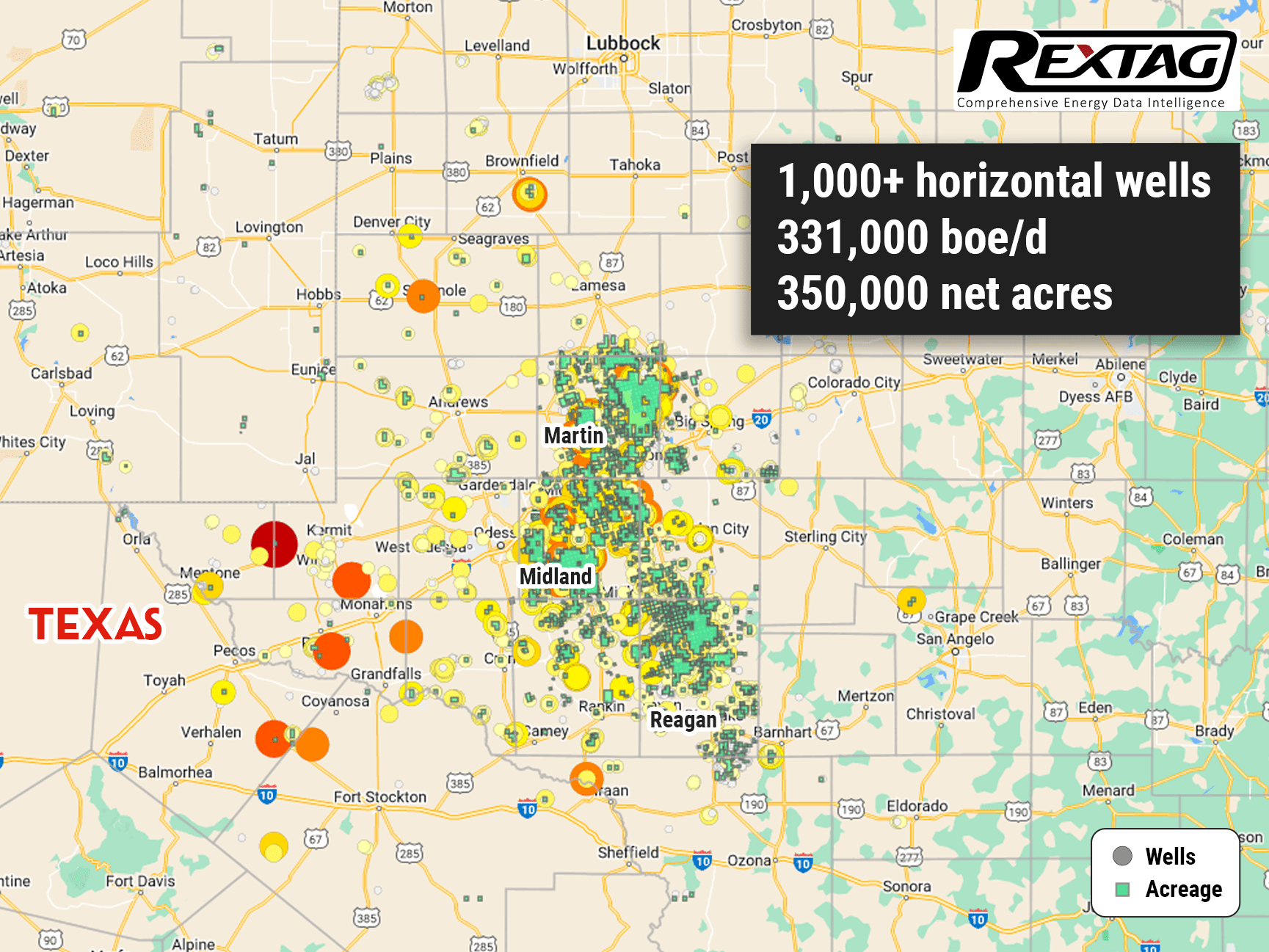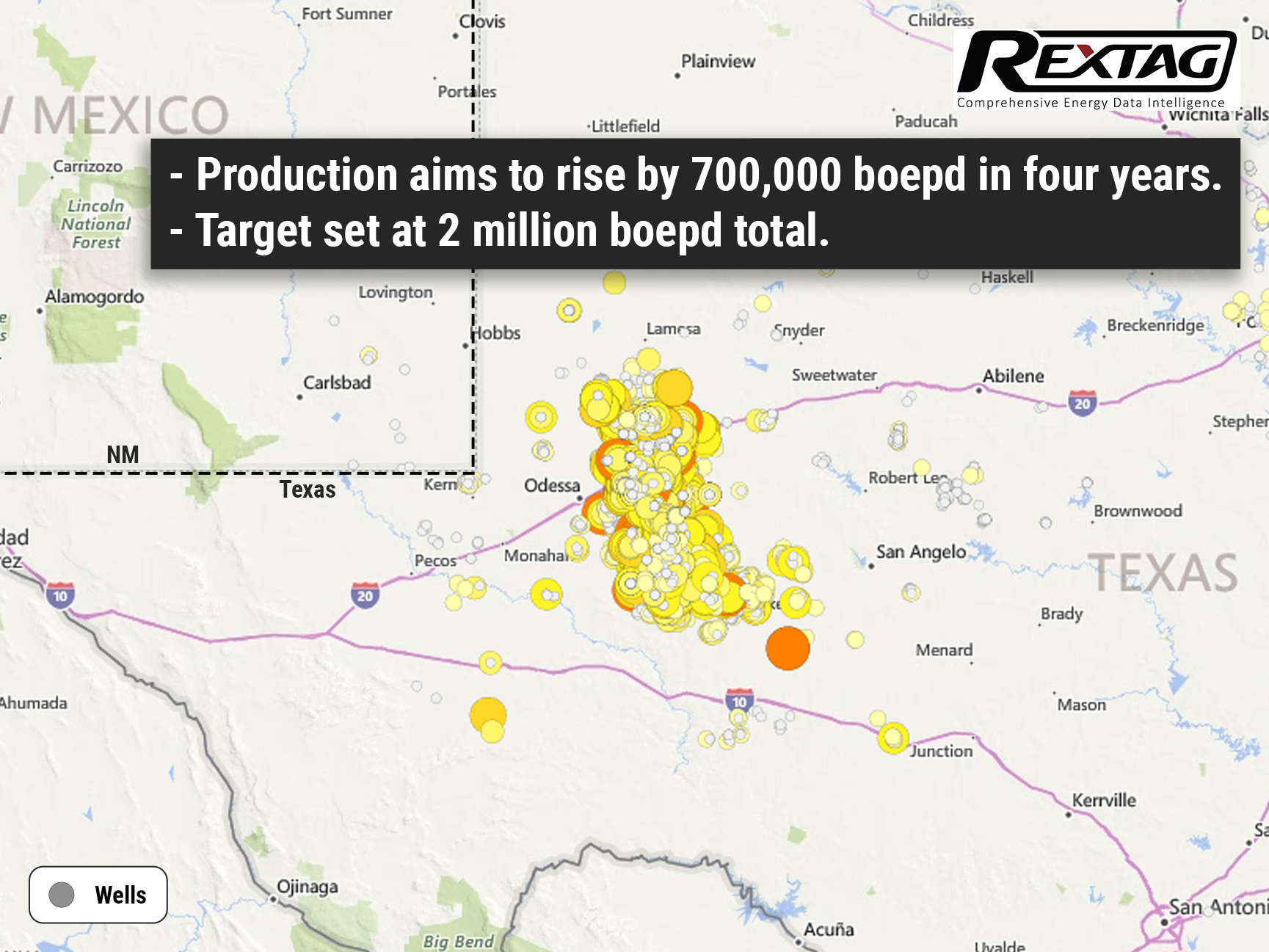Blog
Since days when shale oil and gas technologies were discovered, the U.S. energy industry has been evolving more rapidly than ever before. Many changes are amazing especially when you put them on an industry map. At Rextag not only do we keep you aware of major projects such as pipelines or LNG terminals placed in service. Even less significant news are still important to us, be it new wells drilled or processing plants put to regular maintenance.
Daily improvements often come unnoticed but you can still follow these together with us. Our main input is to “clip it” to the related map: map of crude oil refineries or that of natural gas compressor stations. Where do you get and follow your important industry news? Maybe you are subscribed to your favorite social media feeds or industry journals. Whatever your choice is, you are looking for the story. What happened? Who made it happen? WHY does this matter? (Remember, it is all about ‘What’s in It For Me’ (WIIFM) principle).
How Rextag blog helps? Here we are concerned with looking at things both CLOSELY and FROM A DISTANCE.
"Looking closely" means reflecting where exactly the object is located.
"From a distance" means helping you see a broader picture.
New power plant added in North-East? See exactly what kind of transmission lines approach it and where do they go. Are there other power plants around? GIS data do not come as a mere dot on a map. We collect so many additional data attributes: operator and owner records, physical parameters and production data. Sometimes you will be lucky to grab some specific area maps we share on our blog. Often, there is data behind it as well. Who are top midstream operators in Permian this year? What mileage falls to the share or Kinder Morgan in the San-Juan basin? Do you know? Do you want to know?
All right, then let us see WHERE things happen. Read this blog, capture the energy infrastructure mapped and stay aware with Rextag data!
Mega Mergers to Mega Sales: The Next Phase in Oil, Chevron, ConocoPhillips, and Occidental
U.S. oil and gas companies are facing a tough task: unloading $27 billion in assets to pay their investors. This push comes as the largest wave of energy mergers in 25 years is about to clear its final regulatory checks. Chevron, ConocoPhillips, and Occidental Petroleum are aiming to raise between $16 billion and $23 billion from selling off assets after their mergers. Exxon Mobil, another major player, has been raising about $4 billion a year from sales since 2021 but hasn't set a specific target for future divestitures.
Exxon Mobil and the $60 Billion Deal That Changes Everything in Permian
Exxon Mobil recently completed its acquisition of Pioneer Natural Resources, a deal worth about $60 billion. This transaction, which is the biggest in shale oil history, significantly changes the competitive landscape in the Permian Basin, a major oil field. This marks Exxon Mobil's largest deal since its $84.4 billion merger with Mobil Corp. in 1999. With this acquisition, Exxon Mobil's production in the Permian Basin will double to 1.3 million barrels of oil equivalent per day.
Is the U.S. Oil Production Boom Fading? M&A Activity Suggests So
The US oil industry made big headlines in 2023 thanks to its surprising record oil production. However, experts believe 2024 won't see the same level of growth, mainly due to one key factor: a surge in mergers and acquisitions (M&A). So far in 2024, the oil and gas exploration sector has seen mergers worth $55 billion. This follows a record-breaking year in 2023 when the industry announced deals totaling $190 billion, the highest ever for this sector.
TOP 2022 vs 2023 Permian Producers Overview by Rextag
The Permian Basin, America's prime oil region, faced significant challenges during the COVID-19 pandemic. The industry saw a drastic reduction in rigs and fracking crews and had to close some operations as oil prices plummeted, leading to widespread restructuring. Now, the Permian is making a strong comeback. Over the last three years, exploration and production companies (E&Ps) have increased their drilling activities. They're focusing on spending wisely and maximizing returns to their investors. The Permian's role is crucial. It was projected to contribute over 5.98 million barrels of oil per day in December, making up about 62% of the total oil production in the Lower 48 states, as per the EIA.
Permian Basin Giants: 2024 Net Production Forecasts
Rystad Energy predicts that the merged company of Diamondback Energy and Endeavor Energy will produce 819,500 barrels of oil per day in the Permian Basin in 2024. Rystad, an energy research and business intelligence company from Norway, expects the ExxonMobil-Pioneer Natural Resources merger to lead the Permian in total net production for the year, with a projection of nearly 1.4 million barrels per day. Notably, about 53% of this production will be oil. Chevron is set to produce slightly more than Diamondback-Endeavor, with Occidental-CrownRock following closely. ConocoPhillips ranks fifth, with a production forecast of just under 800,000 barrels per day. Chevron's production is 47% oil, while Diamondback-Endeavor and ConocoPhillips have 57% oil in their mix, and Occidental-CrownRock is just below 50%.
Oil and Gas: Diamondback and Endeavor's $26 Billion Merger Redefines Permian Basin
Diamondback's buyout of Endeavor happened about four months after ExxonMobil and Chevron made huge deals, with Exxon buying Pioneer Natural Resources for $59 billion and Chevron getting Hess for $53 billion. Even though 2023 was a slow year for company buyouts and mergers, with the total deals at $3.2 trillion (the lowest since 2013 and 47% less than the $6 trillion peak in 2021), the energy sector was still active. Experts think this buzz in energy deals is because these companies made a lot of money in 2022.
Occidental, CrownRock Merger Under Regulatory Review: 2024 Update
CrownRock's 94,000+ net acres acquisition complements Occidental's Midland Basin operations, valued at $12.0 billion. This expansion enhances Occidental's Midland Basin-scale and upgrades its Permian Basin portfolio with ready-to-develop, low-cost assets. The deal is set to add around 170 thousand barrels of oil equivalent per day in 2024, with high-margin, sustainable production.
Welcome 2024: A Look Back at 2023 Top Oil and Gas Sector Deals
2023 was quite a year for the oil and gas sector, with some big deals making the news. In the US, giants like ExxonMobil and Chevron grabbed headlines with their plans to acquire companies like Pioneer and Hess. Internationally, ADNOC wasn't left behind, expanding its reach as well. As we ring in the new year, let's recap the biggest oil and gas deals of 2023.
Anticipated Growth: Endeavor Energy's Value Nearing $30 Billion
This summer, J.P. Morgan Securities highlighted Endeavor Energy Resources as the Midland Basin's standout in mergers and acquisitions, suggesting its value might approach $30 billion. Endeavor Energy Resources, a privately-owned entity in Midland focusing solely on its operations, has seen a significant uptick in production. It now boasts a production rate of 331,000 barrels of oil equivalent per day (boe/d), marking a 25% increase from the previous year.
Exxon Mobil and Pioneer Merge in $60 Billion Deal to Dominate Shale Market
Exxon Mobil (XOM.N) has reached an agreement to acquire its domestic competitor, Pioneer Natural Resources (PXD.N). This all-stock transaction, which places a valuation of $59.5 billion on the deal, promises to establish Exxon as the preeminent producer in the U.S.'s most extensive oilfield. At a valuation of $253 per share, this merger brings together the prowess of Exxon, America's largest oil entity, with Pioneer, a standout performer that has risen to prominence during the shale boom.
Baker Hughes Confirms a Third Weekly Decline in US Oil and Gas Rigs
In a recent announcement, energy services firm Baker Hughes stated that U.S. energy companies have decreased the number of operating oil and gas rigs for the third successive week. This development marks the first such consistent reduction since early September. As of October 6, the count for oil and gas rigs, considered a precursor to future production levels, has seen a decline by four, positioning it at 619. This is the lowest figure recorded since February of the preceding year. The overall rig count has decreased by 143 or 19% when compared to last year's statistics.
A major U.S. shale oil producer is looking to start a land selloff in the lone star state
Pioneer Natural resources is looking to divest properties in the lone star state. According to Rextag, Pioneer’s Delaware assets on sale have a trailing 12 month production of just over 22 MBOE against a total Permian Basin production of almost 212 MBOE. (The sale, if it happens, will effectively lead to a 10% decrease of Pioneer’s asset base in terms of the previous year's production.)
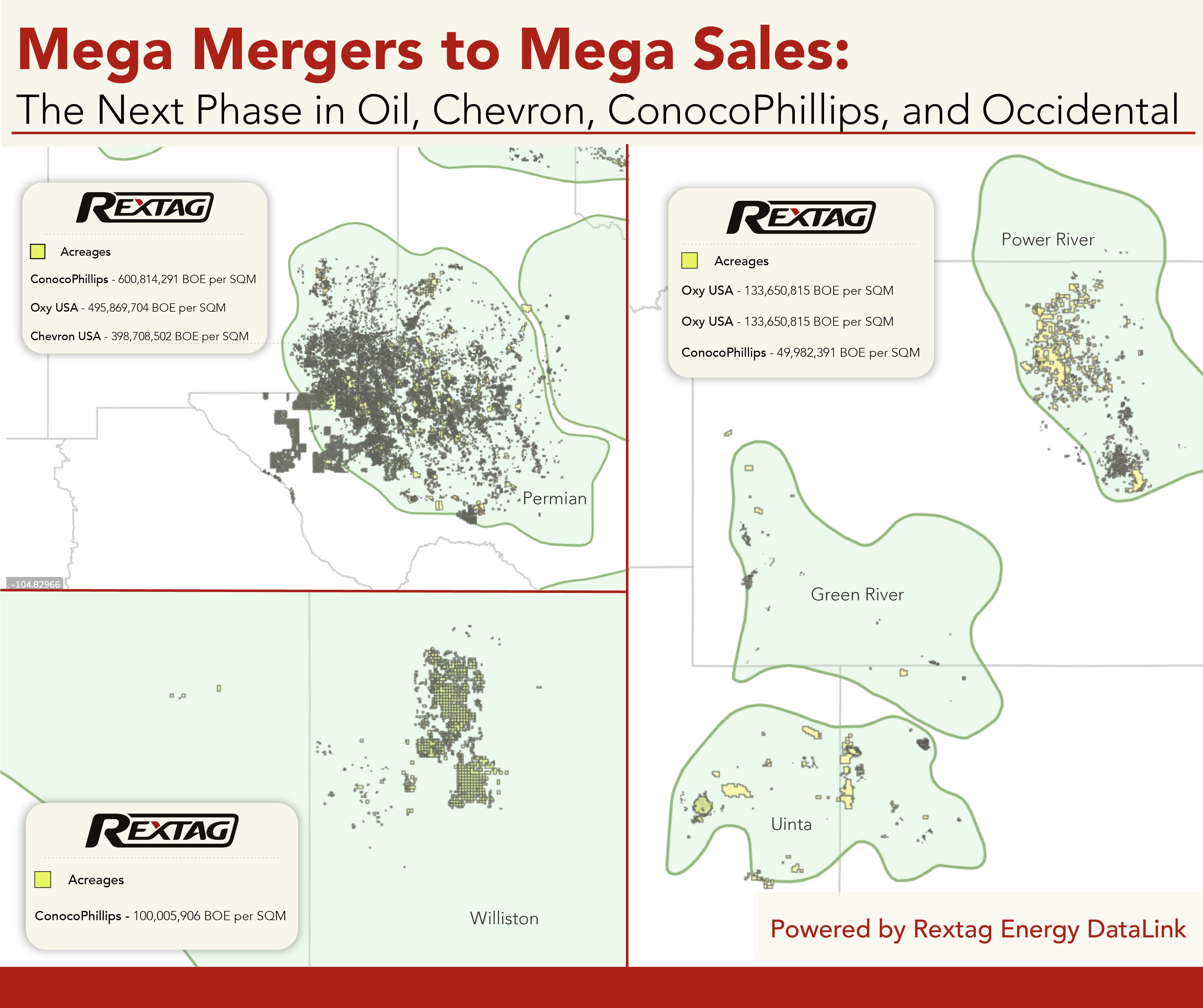
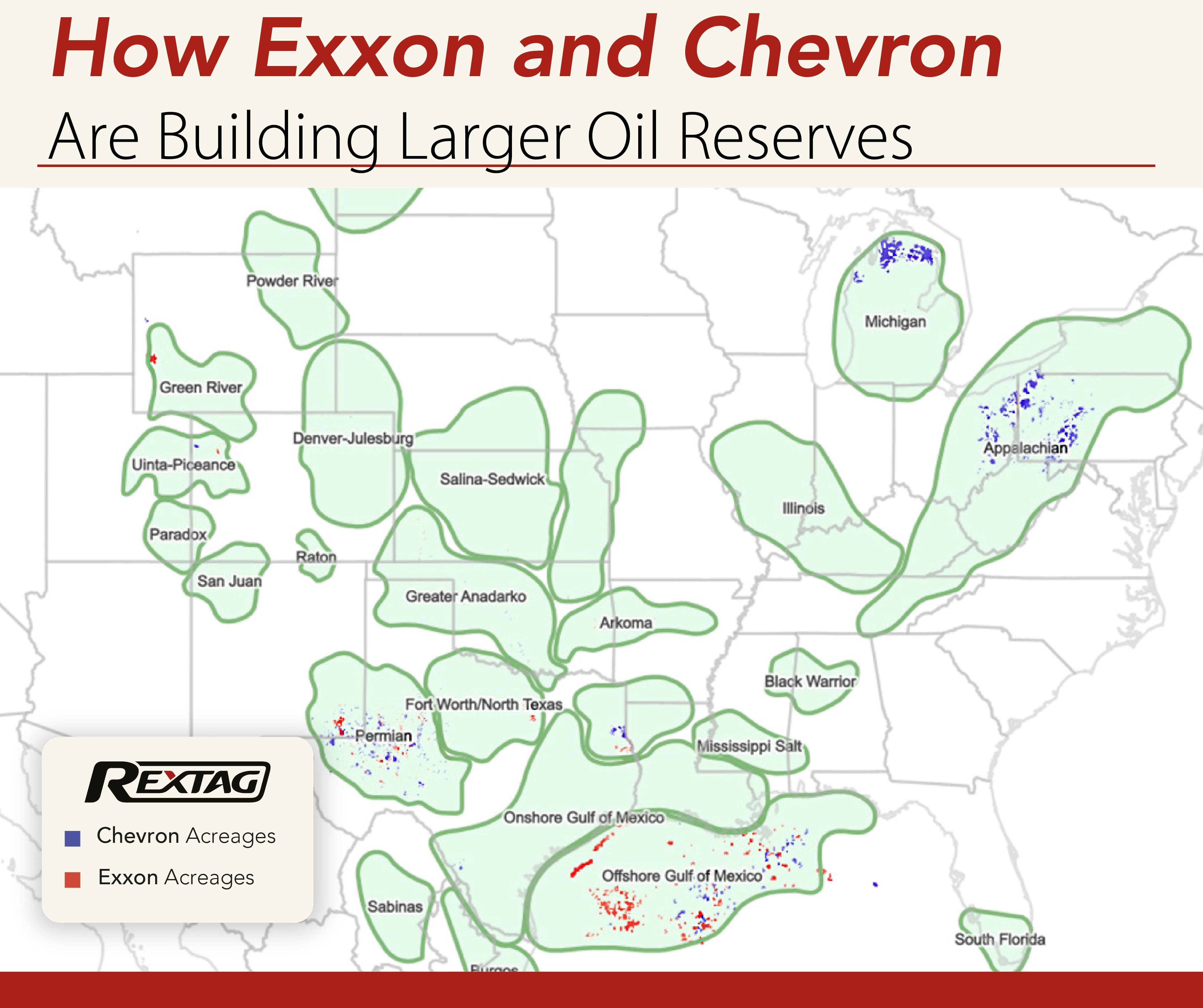
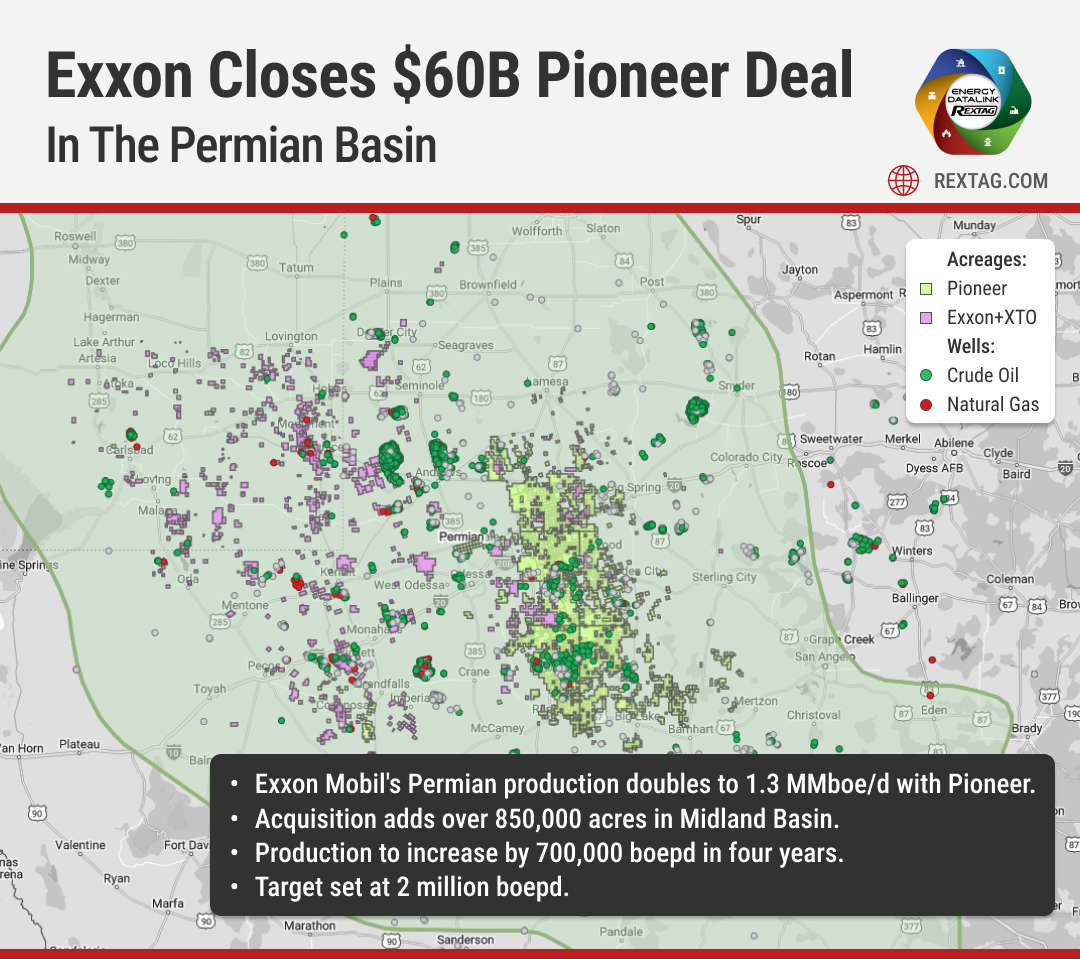
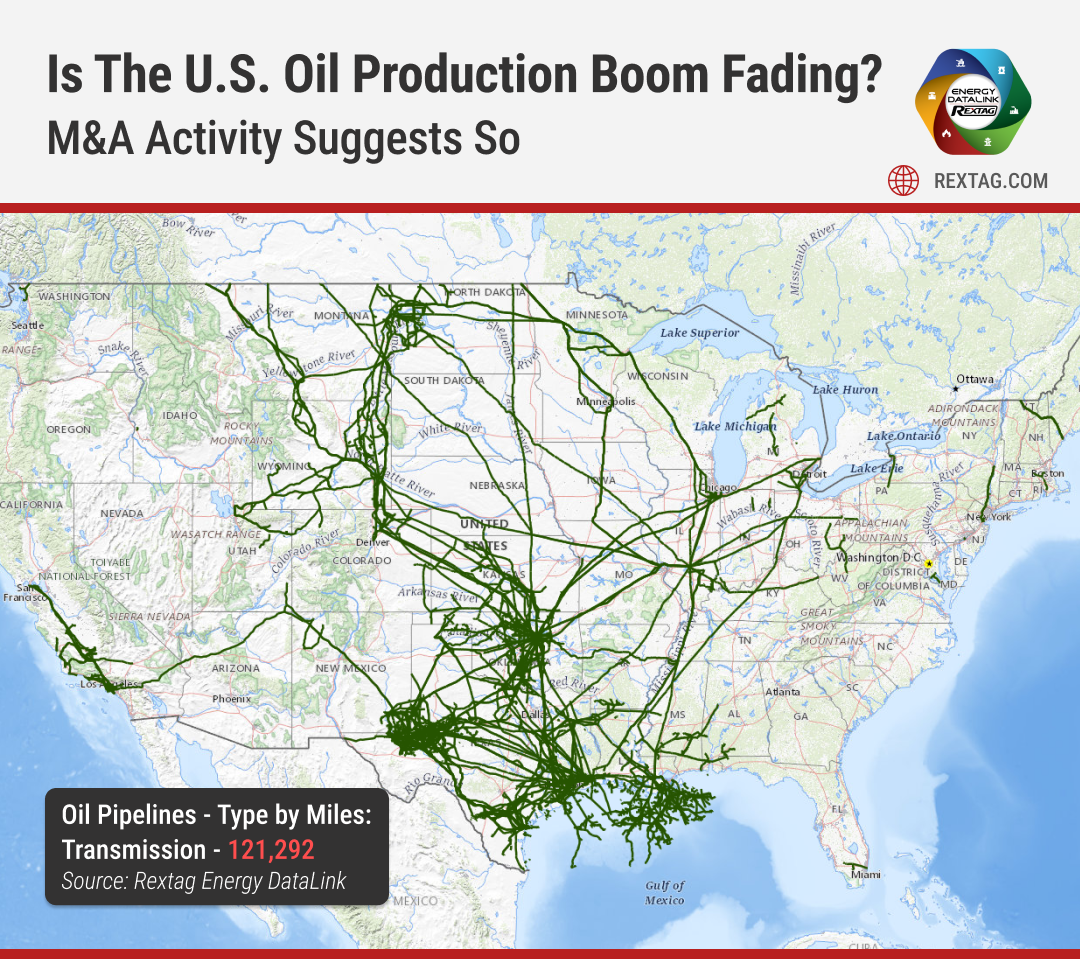
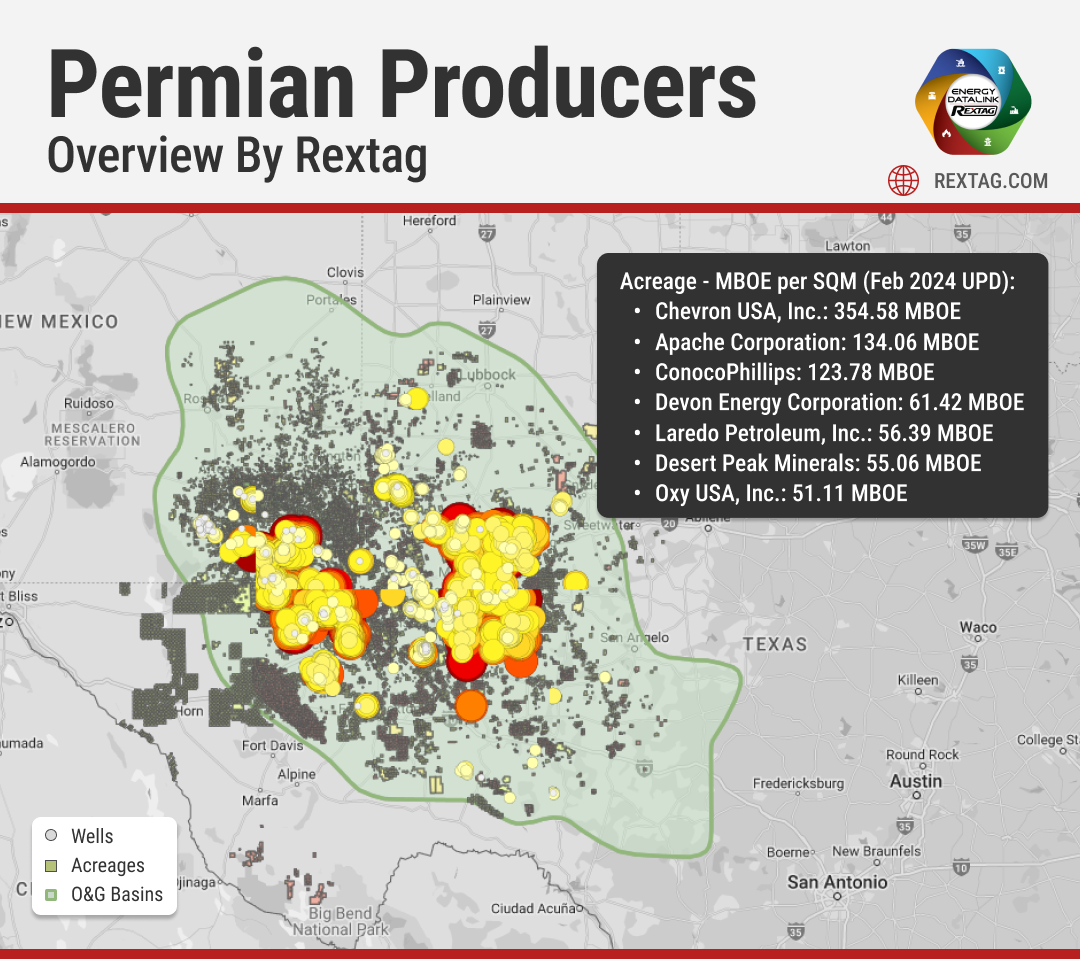


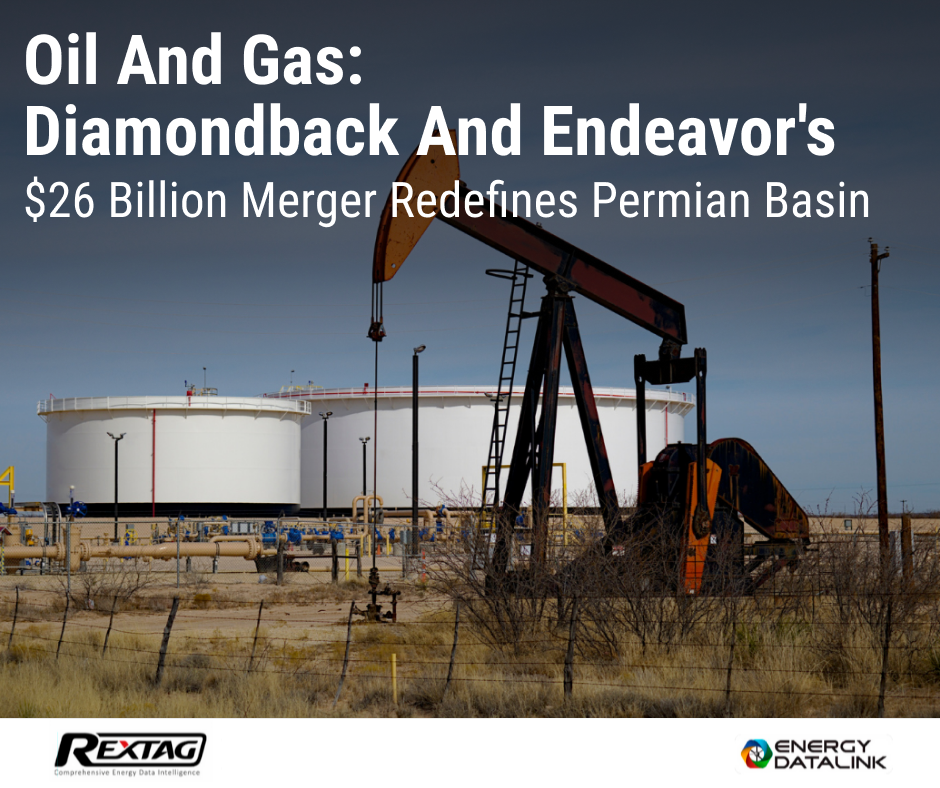
- Occidental, CrownRock Merger Under Regulatory Review_ 2024 Update.png)
.png)
 Welcome 2024_ A Look Back at 2023 Top Oil and Gas Sector Deals.png)
 How Grinch Almost Made Off with All Oil from Santa's TX-based Barrels.png)
